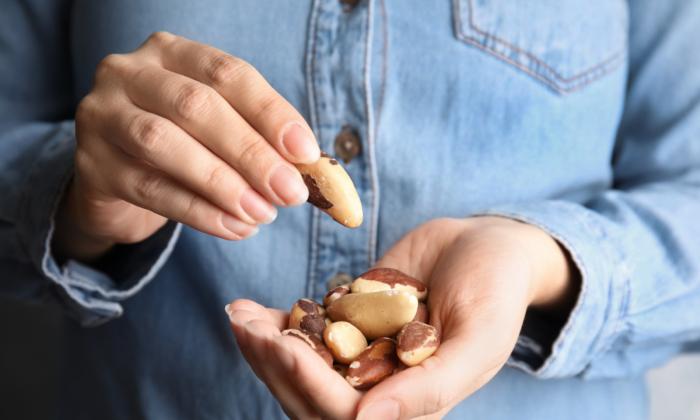Old-fashioned resistance training, such as lifting heavy weights repeatedly until you can’t, is the best way for older adults to slow, or even reverse, age-related muscle loss.
Sarcopenia, the medical term for muscle loss, can boost the risk for falls and frailty. Resistance training (also called weight training) can be a huge help. It consists of doing upper- and lower-body exercises using free weights, machines, resistance bands, or even body weight.
Ultimately, the goal is to stress your muscles enough to feel a difference but not overdo it to where you risk injury. You also want to train with the goal of continuous improvement, and not to plateau.
The main challenge is to find the sweet spot between doing too little or too much.
So, how do you get to that sweet spot? The Journal of Strength and Conditioning Research has published some evidence-based guidelines to follow.
Multi-joint exercises are movements that engage more than one joint, such as the elbow and shoulder, knee and ankle, etc. They differ from single-joint movements, such as a bicep curl. Multi-joint movements allow you to move heavier weights, to increase muscle faster.
It can take some time to start noticing the changes. If you’re not seeing more muscle or feeling stronger after eight weeks, you aren’t exercising hard enough and need to mix up your routine by adding weight or increasing the number of exercises.





